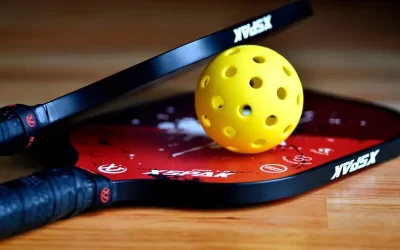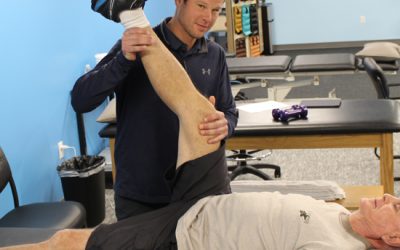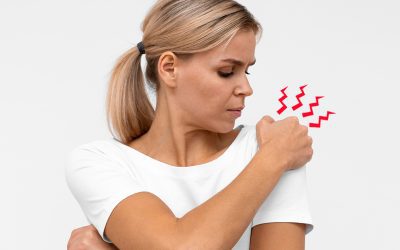By Katy Salka, DPT Rye Physical Therapy
It’s tee-time! Time to break out those golf bags, carts, classic attire, and (most importantly) a warm-up routine. Golf can be considered a rather benign activity, as long as overuse and injury are avoided. Injuries in this sport have been reported to affect at least 15-20% of golfers each year. Some of those injuries can be acute in nature, such as hitting a stealthy root submerged just below the grounds surface, however most golf injuries are those due to overuse (over 80%). Overuse injuries are more subtle and occur overtime – professional golfers reporting high incidences of low back pain, wrist, and shoulder injuries; while amateurs reporting more low back and elbow problems. These injuries in the amateur population are usually the result of poor technique, dysfunctional movement patterns, and a lack of warm-up routine.
This sport requires the player to have explosive power, and these actions when repeated over and over, can put stress on the tissues causing injuries. Studies have shown that a simple stretching/warm-up routine before you begin can significantly reduce your chances of sustaining an overuse injury.
Types of Golf Injuries:
Golfer’s Elbow (Medial Epicondylitis) – Inflammation of the tendons that attach your forearm muscles to the bone of the inner side of your elbow. These tendons can become irritated and damaged from repeating the same motion again and again, especially with forceful gripping of the golf club. Symptoms include pain and tenderness to inner side of elbow, as well as weakness of wrist flexor muscles. If already suffering from this – some treatment options include rest, splinting, and anti-inflammatories.
Exercises, Stretches, and Tips to help prevent this type of injury:
Wrist Curls/Reverse Wrist Curls
Forearm Stretching
Resistive Gripping
Slow down your swing to lessen the shock in the arm when the club hits the ball
Low Back Pain – The number one cause of low back pain can be attributed to the repetitive stress of a faulty golf swing, consisting of powerful rotation and extension motions during the swing. This motion can put excessive strain on your back muscles, stress and irritate the facet joints of the spine, and/or cause damage to the intervertebral discs – all resulting in pain and further dysfunction. Carrying one’s golf bag is another culprit of low back pain, thus making it important to adjust your straps to fit properly and strengthen your core to protect your spine when lifting or carrying the bag. Once faulty mechanics and poor posture are recognized, low back pain can be managed with the strategies listed below.
stretches
Exercises and Stretches to promote core strength and flexibility:
Rowing
Lat Pull Downs
Yoga and Pilates
Swiss Ball Exercises
Low back, Buttock, and Lower Extremity Stretching
Plantar Fasciitis – Inflammation of the plantar fascia (fibrous sheath of connective tissue under the sole of the foot), at its attachment to the heel bone. Usually results from walking around on the golf course especially with poor footwear. Typical symptoms of plantar fasciitis include heel pain when walking, particularly in the morning when taking the first few steps of the day.
stretcfhing HPT
Exercises, Stretches, and Tips to treat and prevent this type of injury:
Proper footwear with appropriate arch support
Stretching before and after activity; focusing on calf and plantar fascia
Tennis ball massage to arch of foot
Shoulder Pain – Specific muscles in the shoulder are very active during your golf swing including the muscles of the rotator cuff (muscles situated around the shoulder joint), pectoralis major and minor (pecs), and latissimus dorsi (lats). These muscles can become damaged with the repeated stresses of a faulty golf swing, particularly with “Chicken Winging” (when the elbows are bent at ball contact), or with a “C-shaped posture” (when the lower back is rounded). Ice, anti-inflammatories, Neoprene shoulder sleeves, and physical therapy can help if already suffering from shoulder pain.
exercises to get in shape HPT
Exercises and Stretches to help prevent this type of injury:
Internal and External Rotation
Abduction in the plane of the shoulder blades
Rowing and Lat Pull Downs
General Tips and Advice:
Simple stretching routine to warm up your muscles before beginning your round
Hit a few balls on the driving range/warm-up area prior to hitting the course
Wear sunscreen, a visor/hat, and sunglasses to protect you and your eyes from the harmful UVA rays
Stay well hydrated during and after your game
When riding in the cart keep yourself, including your feet, inside the cart
Be aware of your environment and other players to avoid accidental soft tissue injuries…Fore!
Get sound advice from a professional regarding proper form, warm-up/stretching routines, and training treatments
Enjoy your golf season more by taking these tips and including them as part of your routine. Your game will likely improve and your body will thank you later. It is always good to have your golf swing checked by a professional to avoid poor swing mechanics, which can lead to compensation and overstressing your joints and muscles. Go get out there and have a great season! Most importantly be safe and have fun! For questions or consultation contact Rye Physical Therapy https://www.HamptonPT.com/








